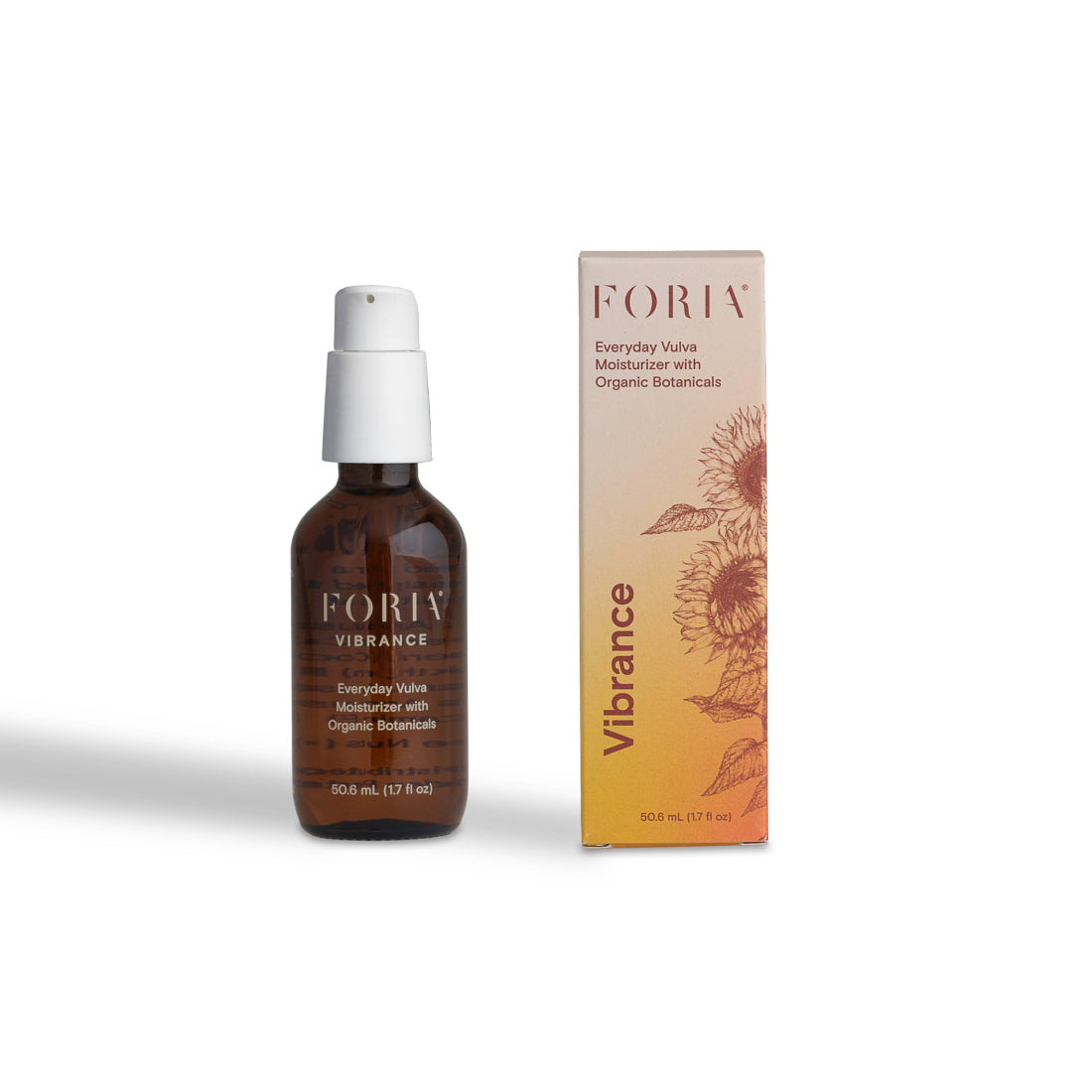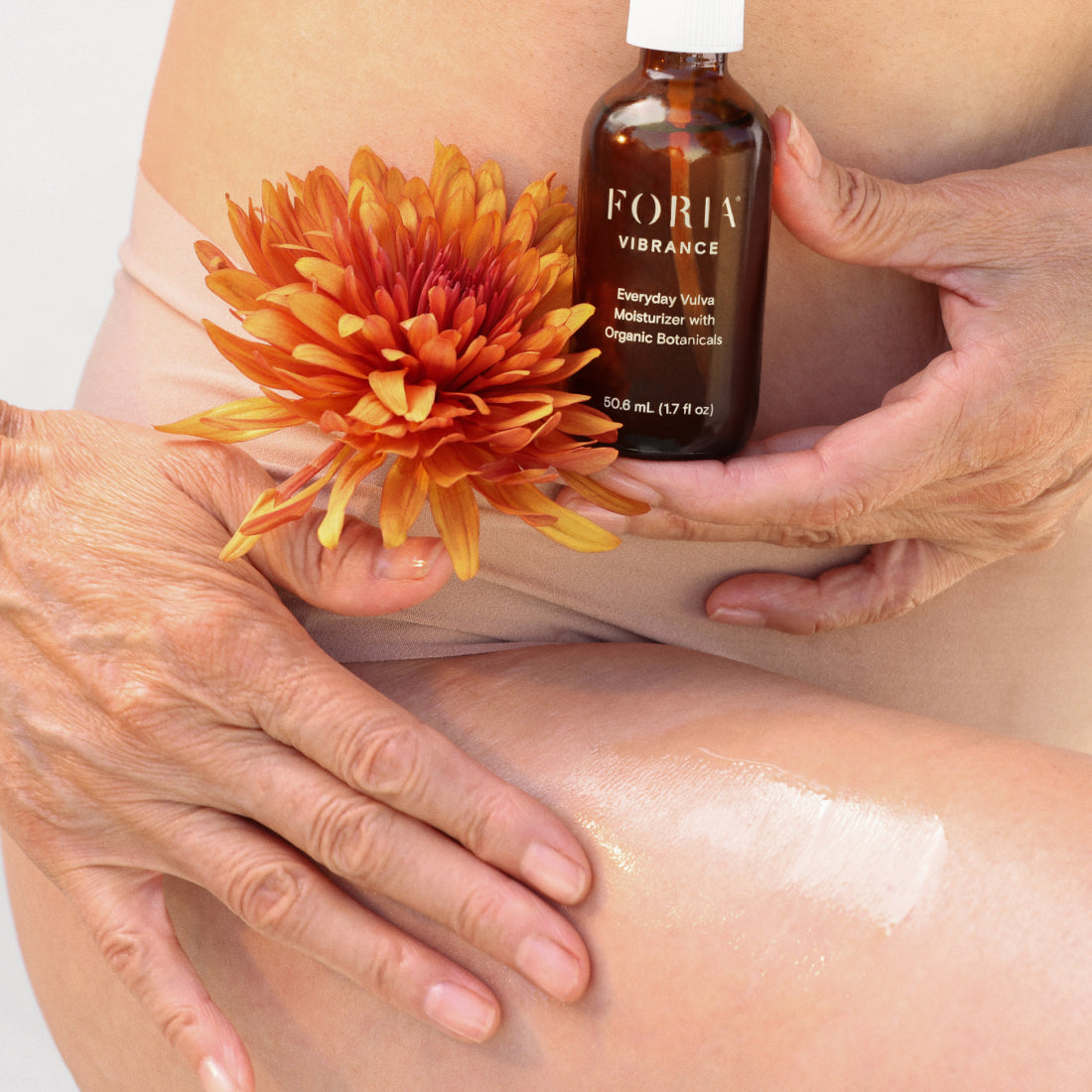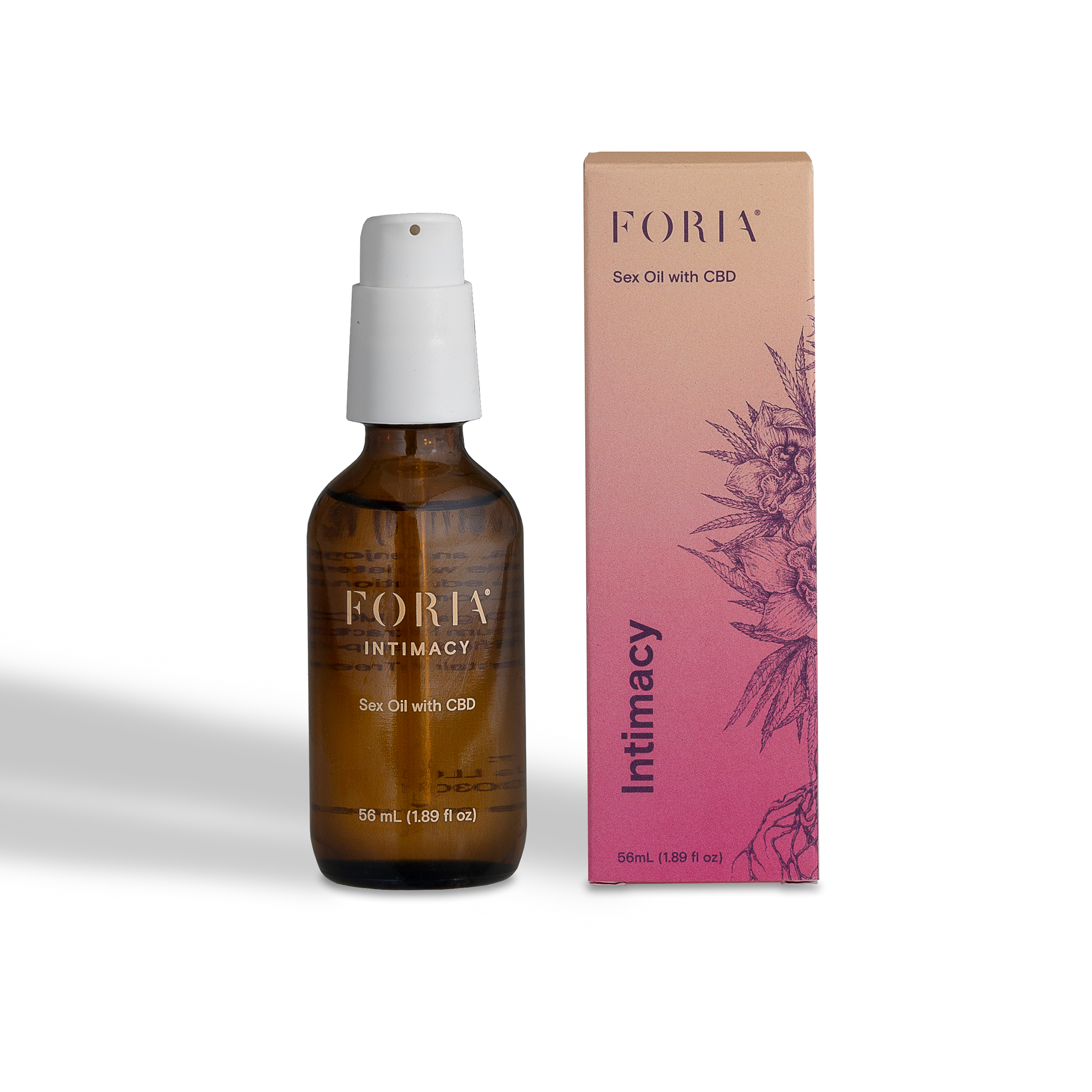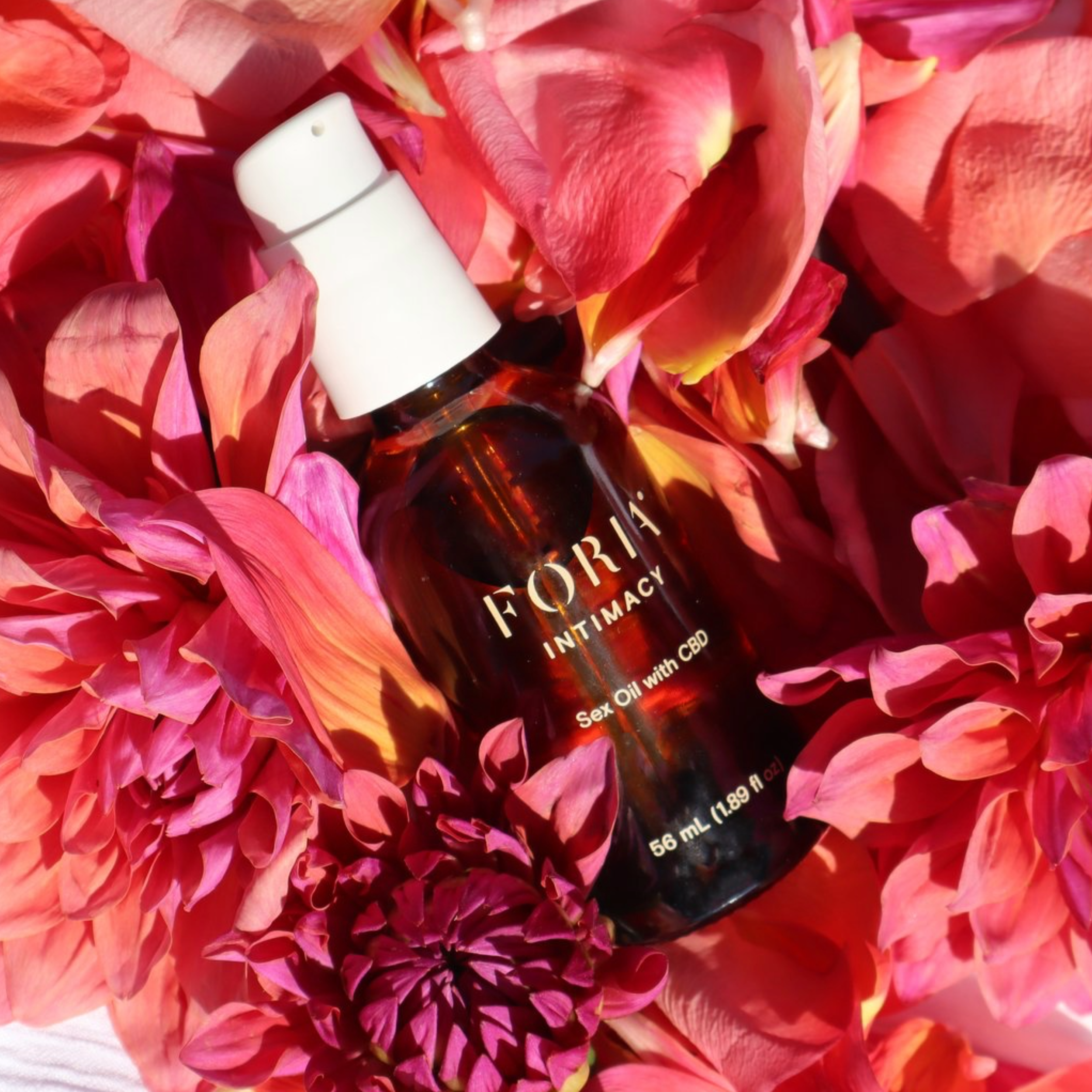Talk Pleasure to Me with Dr. Sarah de la Torre
An Honest Intimacy Conversation with Dr. Sarah de la Torre, board-certified physician with over 25 years of experience dedicated to advancing women’s health.
Talk Pleasure to Me is our series where we talk to experts on sex, relationships, and caring for your body (& mind) so you can get inspired on your pleasure journey and learn from the best.
Dr. Sarah de la Torre is a double board-certified physician with over 25 years of experience dedicated to advancing women’s health. A seasoned OBGYN, she has delivered over 4,000 babies, performed countless surgeries, and guided women through every stage of their health journey. Her passion for empowering women led her to expand her expertise into hormone optimization, functional medicine, and lifestyle-based care.
Certified in Perimenopause and Menopause care, Lifestyle Medicine, and Functional Medicine, Dr. de la Torre seamlessly blends traditional and holistic approaches to provide individualized, science-backed solutions for her patients. Known for her warm, approachable style, she prioritizes deep patient relationships, ensuring women feel truly heard and supported.
Many people don’t think about their pelvic floor until something goes wrong. Can you explain why pelvic floor health is so essential for enjoying sex at every age?
The pelvic floor is like a supportive hammock of muscles, ligaments, and tissues. It helps control bladder and bowel function, stabilizes our core, and plays a huge role in sexual pleasure. A strong, responsive pelvic floor increases blood flow, enhances sensation, and improves orgasm. When the pelvic floor is weakened or tight, it can lead to pain, reduced pleasure, or leakage—which all impact sexual confidence.
What are some of the most common pelvic floor issues you see in your practice that can impact sexual pleasure or intimacy?
The most common pelvic floor issues I see are weakness, tightness, and prolapse—each of which can affect sexual pleasure and intimacy in different ways.
Weakness, often following pregnancy or the hormone changes of perimenopause and menopause, can lead to reduced muscle tone, decreased sensation, and sometimes leakage during sex. This not only impacts physical comfort but can also affect a woman’s confidence, which plays a key role in intimacy.
On the other end of the spectrum, tightness or overactivity of the pelvic floor muscles can cause pain with penetration or make orgasm more difficult to achieve.
Prolapse—when pelvic organs shift downward—may create a feeling of heaviness or discomfort that interferes with sexual enjoyment. The good news is that all of these issues are highly treatable with the right guidance and support. Tools like vFit, which uses gentle heat, red light, and vibration to stimulate blood flow and support vaginal and pelvic floor tissue health, can be an important part of a proactive approach—helping women improve sensation, strengthen their pelvic floor, and regain confidence.
Can you walk us through what a strong, healthy pelvic floor does during vaginal sex—and what happens when it’s weakened?
A strong, healthy pelvic floor is made up of layers of muscles, connective tissue, and nerves that support the pelvic organs and enhance sexual response. During arousal, these muscles relax and lengthen to allow for comfortable penetration, while blood flow increases, boosting sensitivity and natural lubrication. As arousal builds, the pelvic floor muscles gently contract, creating a snug, supportive feeling and heightening sensation for both partners. During orgasm, the pelvic floor muscles rhythmically contract in rapid pulses, which is a key part of the orgasmic response and helps intensify pleasure.
When the pelvic floor is weakened—often due to childbirth, hormonal changes with perimenopause, or aging—this synchronized contraction and relaxation becomes less efficient. Blood flow may be reduced, which can dull sensitivity; the muscles may not tighten as effectively, leading to less friction and sensation; and orgasm may feel weaker or take longer to achieve.
How can someone tell if their pelvic floor is tight or weak?
Signs of weakness include urinary leakage, a feeling of heaviness or bulging, or reduced sensation during sex. Signs of tightness include pain with penetration, tampon insertion, or pelvic exams, and difficulty relaxing the muscles.
If someone has a tight pelvic floor, are there any pelvic floor stretches you can recommend?
Gentle yoga stretches like child’s pose, happy baby, deep squats, or diaphragmatic breathing can help relax pelvic muscles. Sometimes overall relaxation techniques such as a warm bath, meditation, or guided relaxation can also help. However, if pain persists, working with a professional is invaluable—they can tailor exercises and use techniques to help teach techniques and offer tools to address the tightness.
If someone has a weak pelvic floor, what are the side effects and what do you recommend to strengthen it?
Weak pelvic floor muscles can lead to leakage, reduced sensation, difficulty reaching orgasm, and even prolapse. The first line of support is often Kegel exercises for women—contracting and relaxing the pelvic floor muscles to build tone and control. These can be challenging for many women to do but devices designed to act as a pelvic floor exerciser or guided apps can help ensure the exercises are being done correctly, making them more effective over time.
Lifestyle changes like maintaining a healthy weight, avoiding chronic constipation, and not smoking also protect pelvic health. In addition, at-home technologies such as vFit, which combines gentle red light, soothing heat, and vibration, can help stimulate blood flow, support tissue health, and enhance the effects of pelvic floor exercises. Together, these strategies improve strength, sensation, and confidence—helping women restore both pelvic function and sexual wellbeing.
At what age should women start paying attention to their pelvic floor health, and how does that need evolve over time?
It’s never too early! I encourage women in their 20s and 30s to learn how to do Kegels correctly and to see pelvic floor care as preventive—just like skincare or dental care. After childbirth, perimenopause, or menopause, it’s especially important to reassess and adapt. As hormone levels shift, tissues may become thinner and weaker, so ongoing care makes a difference.
How can women be more proactive about protecting or strengthening their pelvic floor, even before problems arise?
Incorporate pelvic floor exercises into your wellness routine, stay active, and practice good posture and breathing habits. Consider devices like vFit to get ahead of any issues and don’t wait until symptoms appear—prevention preserves strength and sensation.
What advice would you give to women who may be struggling with pelvic floor changes but still want to prioritize pleasure and intimacy? What are the best sex positions or certain activities you recommend?
Pelvic floor changes can be frustrating, but they don’t have to mean the end of pleasurable intimacy. The first step is open communication with your partner—sharing what feels good, what doesn’t, and what you might like to try.
Experimenting with positions that give you more control over depth, angle, and pace—such as being on top, lying on your side, or modified missionary—can help you find what’s most comfortable and stimulating. Using pillows for support or adjusting the angle of your pelvis can also make a big difference.
Incorporating lubricants (both Foria and Joylux only use products with all clean ingredients that are pH-balanced) can make things smoother and easier all the way around. Adding vibration or gentle warmth during foreplay is another great way to stimulate circulation, increase sensation, and help your pelvic floor respond more effectively.
And above all, don’t feel ashamed or alone. Pelvic floor changes are incredibly common and highly treatable. Advocate for your needs, seek professional help if needed, and give yourself permission to explore new ways of experiencing pleasure.
What are some new technological advancements or discoveries in the world of pelvic health that our readers may not be aware of?
The world of pelvic health has evolved dramatically over the past few years, moving from reactive treatment to proactive, science-backed solutions that women can access both in a doctor’s office and at home.
In doctor’s offices, we’re seeing:
- Energy-based therapies (such as laser or radiofrequency treatments) – These stimulate collagen and elastin in vaginal and pelvic tissues, improving tone, sensation, and support.
- Regenerative treatments – Platelet-rich plasma (PRP) injections and other biologic therapies are being explored to rejuvenate tissue and improve nerve function.
- Specialized pelvic imaging and diagnostics – These tools give clinicians a clearer picture of muscle function and tissue health, allowing for more personalized care plans.
At home, women now have access to:
- Red light therapy devices like vFit combine gentle heat, red light, and vibration to increase blood flow, support tissue health, and enhance sensation.
- Lubricants and vaginal moisturizers formulated with high-quality, pH-balanced ingredients can maintain tissue comfort and hydration, especially during hormonal changes.
- Pelvic floor relaxation tools such as wands or dilators designed to gently stretch and train muscles for better flexibility and reduced pain.
Can you tell us more about how the vFit device works?
The vFit device is a groundbreaking, non-hormonal, at-home intimate wellness solution designed to support vaginal and pelvic floor health. It combines three clinically studied technologies—red light (LED) technology, gentle heat, and sonic vibration—to help women improve strength, comfort, sensation, and confidence in their intimate wellness.
- Red Light (LED) Technology – The device emits a specific wavelength of red light that penetrates the vaginal tissue to stimulate cellular energy (ATP production). This process increases blood flow, promotes the growth of healthy new cells, and encourages collagen and elastin production, which help strengthen and rejuvenate vaginal and pelvic tissues.
- Gentle Heat – The soothing warmth improves local circulation and enhances tissue oxygenation, which amplifies the effects of the red light. It also helps relax the pelvic floor muscles, making the experience more comfortable and effective.
- Sonic Vibration – Low-level vibration stimulates the muscles of the pelvic floor and surrounding tissue, promoting stronger connections and improved tone.
vFit does this without hormones, invasive procedures, or downtime—allowing women to take proactive, science-backed care of their intimate health in the privacy of their own home.
Wanna be interviewed for this series?
The Foria Practitioner Program is accepting applications from professionals with expertise in women’s health who wish to recommend Foria products to their clients and professional network To be part of the practitioner program, please apply to our affiliate program. Learn more and apply.
Shop Pelvic Health Pleasure
Want more? Sign up for our newsletter
By entering your email, you are agreeing to our terms and conditions and understand our privacy policy.













